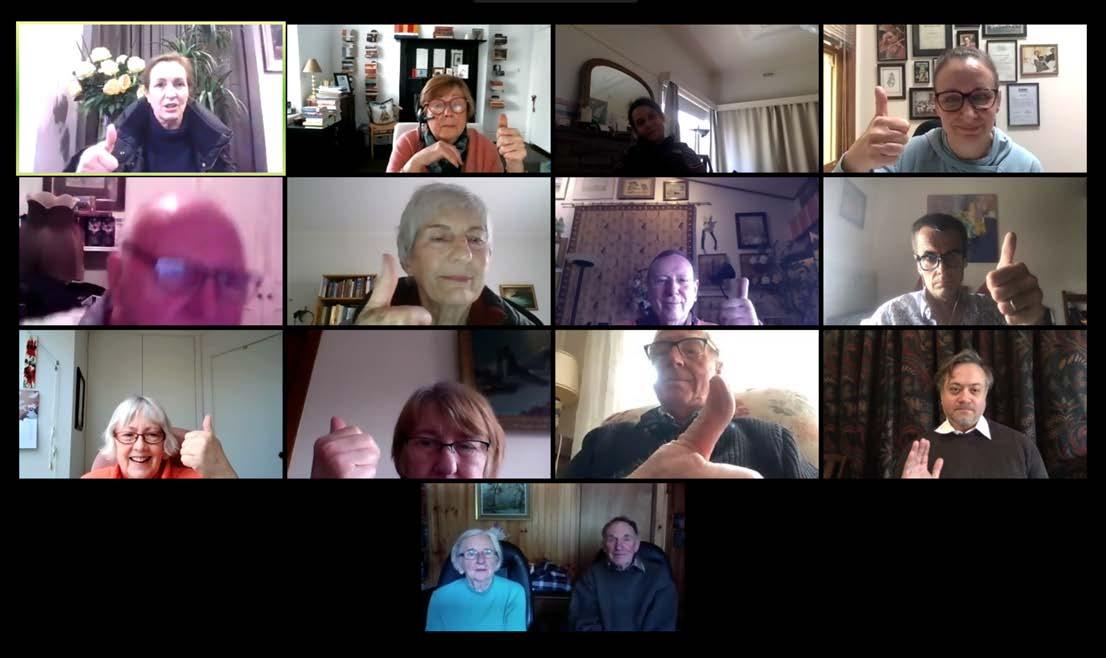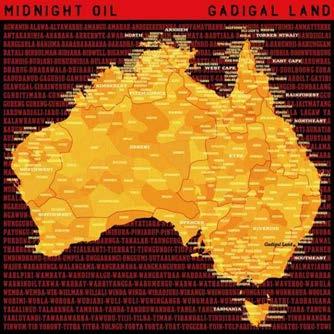
4 minute read
Innovation Living microbes, possibly 100 million years old, pulled from beneath the sea by Elizabeth Pennisi
INNOVATION
Scientists pull living microbes, possibly 100 million years old, from beneath the sea
Advertisement
By Elizabeth Pennisi
Microbes buried beneath the sea floor for more than 100 million years are still alive, a new study reveals. When brought back to the lab and fed, they started to multiply. The microbes are oxygen-loving species that somehow exist on what little of the gas diffuses from the ocean surface deep into the seabed. The discovery raises the “insane” possibility, as one of the scientists put it, that the microbes have been sitting in the sediment dormant, or at least growing slowly without dividing, for eons. The new work demonstrates “microbial life is very persistent, and often finds a way to survive,” says Virginia Edgcomb, a microbial ecologist at the Woods Hole Oceanographic Institution who was not involved in the work. What is more, by showing that life can survive in places biologists once thought uninhabitable, the research speaks to the possibility of life elsewhere in the Solar System, or elsewhere in the universe. “If the surface of a particular planet does not look promising for life, it may be holding out in the subsurface,” says Andreas Teske, a microbiologist at the University of North Carolina, Chapel Hill, who was also not involved with the new study. Researchers have known that life exists “under the floorboards” of the ocean for more than 15 years. But geomicrobiologist Yuki Morono of the Japan Agency for Marine-Earth Science and Technology wanted to know the limits of such life. Microbes are known to live in very hot or toxic environments, but can they live where there is little food to eat? To find out, Morono and his colleagues mounted a drilling expedition in the South Pacific Gyre, a site of intersecting ocean currents east of Australia that is considered the deadest part of the world’s oceans, almost completely lacking the nutrients needed for survival. When they extracted cores of clay and other sediments from as deep as 5,700 metres below sea level, they confirmed the samples did indeed contain some oxygen, a sign that there was very little organic material for bacteria to eat. To explore what life might be there, Morono’s team carefully extracted small clay samples from the centres of the drilled cores, put them in glass vials, and added simple compounds, such as acetate and ammonium, that contained heavier forms — or isotopes — of nitrogen and carbon that could be detected in living microbes. On the day when the group first “fed” the mud samples with these compounds, and up to 557 days later, the team extracted bits of clay from the samples and dissolved it to spot any living microbes — despite the lack of food for them in the clay. The work was challenging. Typically, there are at least 100,000 cells per cubic centimetre of seafloor mud. But in these samples, there were no more than 1,000 bacteria in the same amount of sediment. So, the biologists had to develop specialised techniques such as using chemical tracers to detect whether any contaminating seawater got into the samples and developing a way to analyse very small amounts of cells and isotopes. “The preparation and care needed to do this work was really impressive,” says Kenneth Nealson, an environmental microbiologist retired from the University of Southern California. The added nutrients woke up a variety of oxygenusing bacteria. In samples from the 101.5-millionyear-old layer, the microbes increased by four orders of magnitude to more than 1 million cells per cubic centimetre after 65 days, the team reports in Nature Communications.
Others have found bacteria in oxygenated sediments under the sea floor. Last year, William Orsi, a geobiologist at the Ludwig Maximilian University of Munich described living bacteria from 15-million-year-old sediments, a previous record. “But this study pushes it back by another order of magnitude in terms of geological time,” Orsi notes.
Bacteria isolated from 100-million-year-old clay. Photo: JAMSTEC
Genetic analysis of the microbes revealed that they belonged to more than eight known bacterial groups, many of which are commonly found elsewhere in saltwater where they play important roles in breaking down organic matter. “It suggests that learning to survive under conditions of extreme energy limitation is a widespread ability,” Nealson says, one that may have evolved early, when there was not much for microbes to feed on. “It may have been a very handy survival trick.” The researchers do not know what the gyre microbes have been doing all these millions of years. Most of the species they found do not form spores, which are an inactive life stage that some bacteria form in unfavourable conditions. It could be the bacteria have been dividing very slowly all this time, which would make those isolated in this study the distant descendants of ancestors millions of years old. But there’s so little food in the deep-sea sediments that any microbes there could most likely do little more than repair any damaged molecules. “If they are not dividing at all, they are living for 100 million years, but that seems insane,” says Steve D’Hondt, an oceanographer at the University of Rhode Island, Bay Campus, and co-author of the study. He wonders whether there’s another unrecognised source of energy — perhaps radioactivity — down there that allows slow division by the bacteria, which likely got trapped in these sediments as they were buried by other settling sediments. But the bottom line, says Bo Barker Jørgensen, a marine microbiologist at Aarhus University who was not involved with the work, is “low food and energy seem not to set the ultimate limit for life on Earth”. * * * Elizabeth Pennisi is a senior correspondent covering many aspects of biology for Science. This article was originally published in Science on 28 th July 2020.




